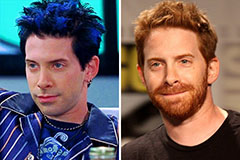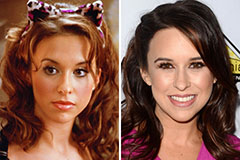Lighting in 3D animation is actually a essential factor that determines how a scene is perceived through the viewer. It’s not just about visibility—it’s about storytelling, temper, realism, and concentration. When utilised skillfully, lighting can transform a essential 3D design into a visually breathtaking and emotionally persuasive expertise. From films and movie games to promotion and architectural visualization, lighting performs a vital job in shaping how electronic content material feels and capabilities.
The Purpose of Lights in 3D Animation
Much like in pictures or Reside-motion cinematography, lights in 3D animation defines how subjects are viewed and interpreted. It establishes time of day, climatic conditions, ambiance, and emotional tone. It may make a character look heroic, sinister, lonely, or joyful—all without a one line of dialogue. To put it briefly, lights is each a complex requirement along with a Artistic opportunity.
As opposed to actual-entire world lighting, 3D lighting is totally controllable. Animators can wonderful-tune each individual component, including depth, coloration, way, shadows, and diffusion. This Command permits an array of designs, from hyper-real looking renderings to stylized, creative visuals.
Core 3D Lights Strategies
1. 3-Level Lights
3-level lights is often a foundational strategy that is made up of a important gentle, fill light, and back again light-weight:
Crucial Light-weight: The principle supply of gentle, generally positioned on the facet of the subject to produce depth.
Fill Gentle: A softer light-weight put on the other aspect to reduce harsh shadows from your vital light.
Back again Light-weight: Positioned behind the subject to produce separation through the history, maximizing depth.
This traditional setup creates a well balanced, Experienced glimpse which is broadly used for character-concentrated scenes.
2. Global Illumination (GI)
Global Illumination simulates how mild bounces off surfaces, illuminating areas that aren’t instantly hit by a lightweight source. It produces reasonable interactions concerning lights and objects, including shade bleeding and soft shadows. GI adds a standard of all-natural realism that static lights setups can’t achieve on their own.
3. Impression-Based Lights (IBL)
IBL makes use of Superior Dynamic Variety Photographs (HDRIs) to light-weight a scene. These 360-diploma photos simulate serious-world environments, offering correct lighting and reflections. IBL is especially beneficial in merchandise rendering and sensible out of doors scenes, where by environmental lights is advanced.
four. Volumetric Lighting
Volumetric lighting simulates light interacting with particles within the air, for example fog, smoke, or dust. This method produces obvious beams or rays of sunshine that boost atmosphere and temper. It’s generally Utilized in fantasy or sci-fi settings so as to add drama and Visible interest.
five. Lighting for Emotion and Temper
Light shade and contrast can affect how a scene feels. Warm lighting frequently conveys consolation, nostalgia, or stress, though great lights implies calmness, sadness, or thriller. Superior contrast can insert depth, although very low distinction produces softness and serenity.
Summary
3D animation lights is the two a science and an artwork. It necessitates technical familiarity with applications and application, as well as an intuitive sense of composition and emotion. When applied skillfully, lighting can elevate a simple scene into a thing incredible, maximizing storytelling and interesting audiences in significant ways. As engineering evolves, so does the likely for lighting to force the boundaries of what’s possible https://86bet.io/ in animation.
 Josh Saviano Then & Now!
Josh Saviano Then & Now! Yasmine Bleeth Then & Now!
Yasmine Bleeth Then & Now! Seth Green Then & Now!
Seth Green Then & Now! Lacey Chabert Then & Now!
Lacey Chabert Then & Now! Nicholle Tom Then & Now!
Nicholle Tom Then & Now!